What are some classic astronomy objects and targets that one can view and photograph that astronomers of all skill levels can rely upon all year round and look forward to?
The goal is how one can hone their skills year round using the same gear and software with objects that are not only well known, but also show growth in ones own work and skillset.
These objects can be found in the nights sky throughout the year allowing for continual improvement, and are not the only items that are great for all skill levels, but are a great starting point.
Orion’s Belt Asterism

What Is The Object: An emission-reflection nebula located in the constellation Orion.
Best Times To See: October to February, ideal times are December and January
Views: The nebula can be identified by the naked eye. Small telescopes at higher magnifications will reveal the four brightest stars in the Trapezium Cluster, an open cluster of young, hot, massive stars that were formed within the Orion Nebula. The four stars form a trapezoidal shape and energize the surrounding nebulosity.
Why is it great for all astronomers: It’s easy to find in the sky, plus the object is easy to photograph and view in the sky. As astrophotographers improve their gear, their images of the Orion Nebula and Orion’s Belt asterism will improve, bringing out the colors and becoming more clear. This evolution of the astrophotography can mirror the evolution of ones journey in astrophotography as an improvement in the Orion Nebula will represent either the improvement in gear, gear use, or image processing. Moreover, for those viewing the Orion Nebula, the larger the telescope and the clearer the sky and the darker the skies will improve viewing. That said, the Orion Nebula is indeed viewable in binoculars and will be larger and clearer under larger telescopes and clearer skies in the darkest skies.
Earth’s Moon
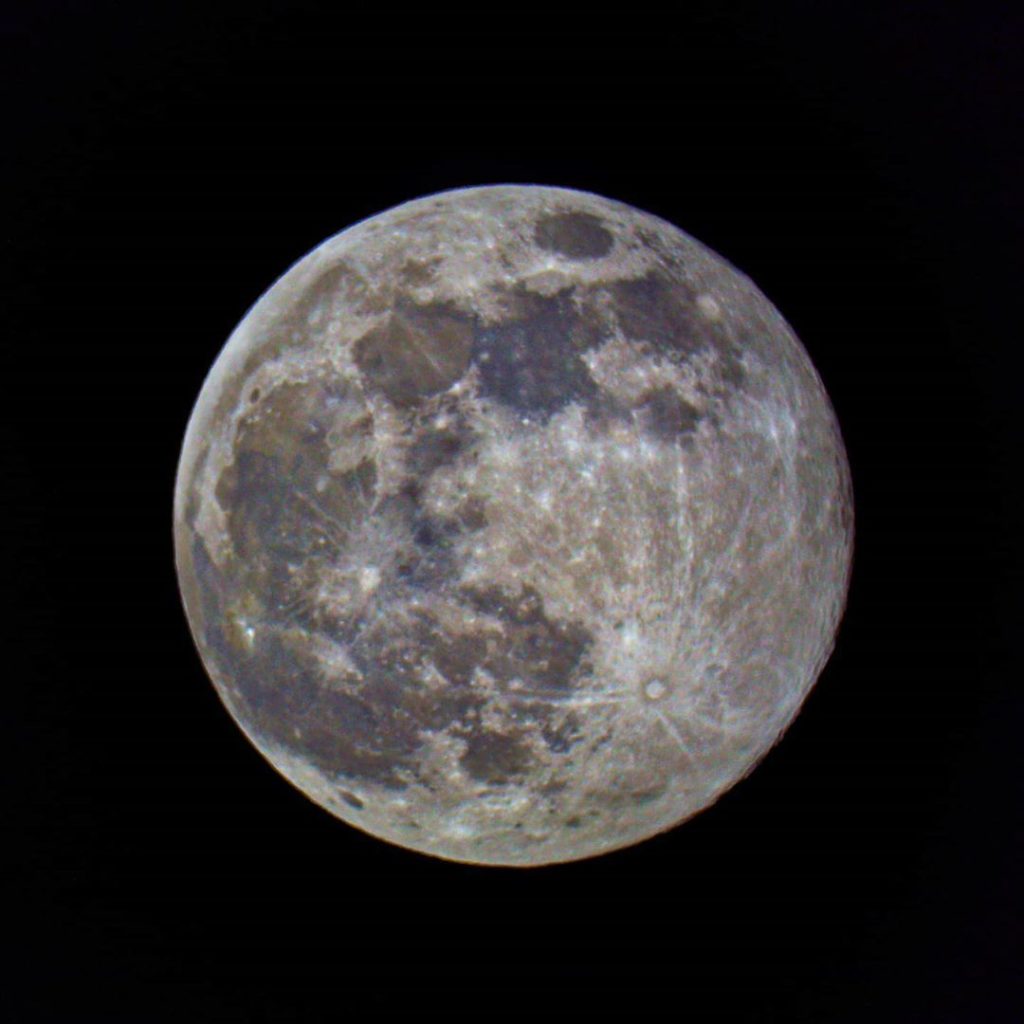
Best Times To See: Year Round. Full Moon not ideal for crater detail.
Why is it great for all astronomers: The Earths Moon is a great target for all astronomers because of its availability for everyone in both the Northern and Southern Hemisphere throughout the entire year. Although a full moon hampers viewing dark sky objects, the moon provides an amazing opportunity for astronomers of all skills and gear to view and photograph. With gear as small as binoculars providing a great amount of detail on the lunar surface, astronomers of all gear can
Planets: Saturn and Jupiter
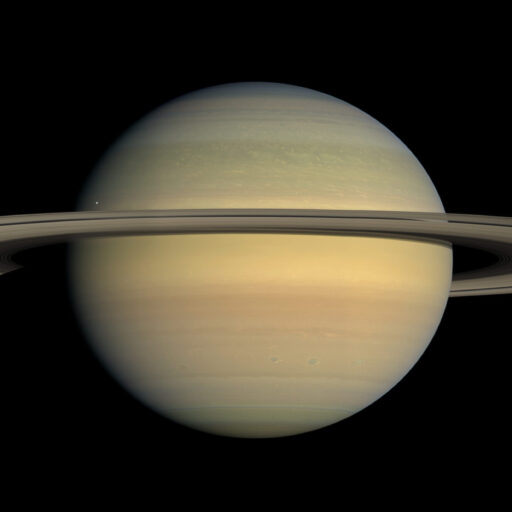
Object Description: Saturn and Jupiter are planets in the solar system.
Best Times To See: June, July, August, and September
Why is it great for all astronomers: These two planets are some of the most recognizable astronomical objects to astronomers and non-astronomy people. Most people remember the first time that they viewed Saturn through a telescope because with its rings, it is amazing! Saturn and Jupiter are easily recognizable, and so are the features that make them so recognizable, which is the Great Red Spot for Jupiter and the Rings for Saturn. Because they can be viewed by amateur astronomers, these objects are amazing objects to view in the summer from ones yard in dark skies. Moreover, for those who want to image these planets, medium to large size telescopes can get great images and the skills and tools used will grow over time, plus will be easily recognizable to others and easily applicable to other astrophotography targets.
Andromeda Galaxy
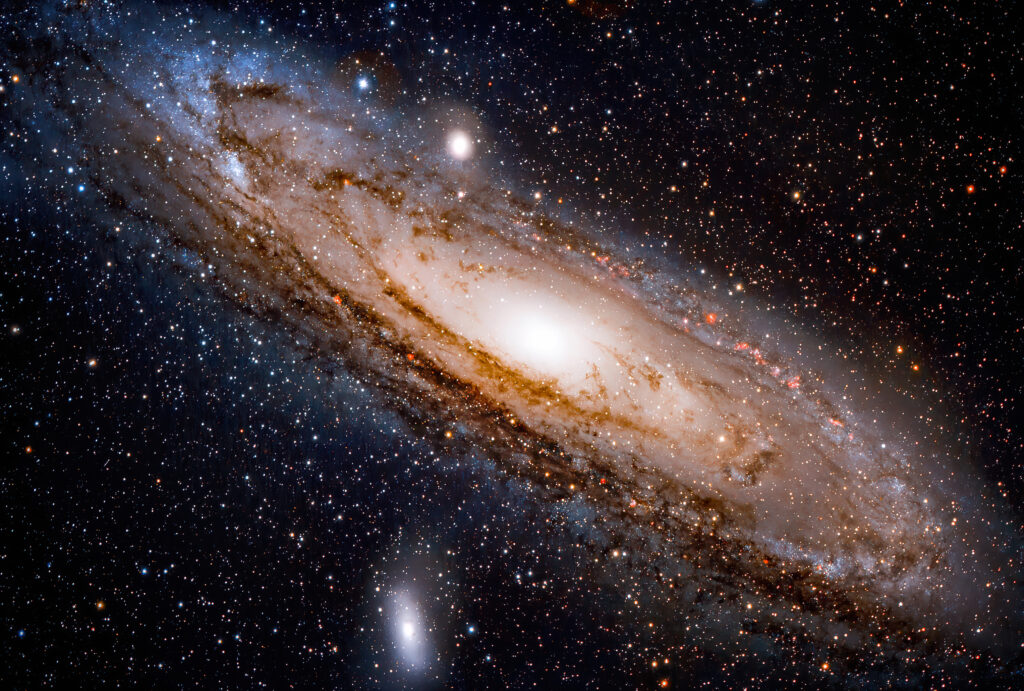
Object Description: Spiral Galaxy that is the largest galaxy in the local group.
When Visible: July to January, with the best viewing is October, November and December
How To Find It: The Andromeda Galaxy is relatively easy to find in the sky as it is one of the brightest Messier objects. It lies in the vicinity of two prominent asterisms in the northern sky: the Great Square of Pegasus and Cassiopeia’s W. The only objects listed in Messier’s catalogue that are brighter than M31 are the Pleiades (M45) and the Ptolemy Cluster (M7).
How It Looks: In 10×50 binoculars, the galaxy appears as an oval shaped cloud with a bright nucleus. Binoculars and small telescopes reveal only the galaxy’s bright core, but larger instruments show its full size, which is six times larger than the apparent diameter of the full Moon.
Why is it great for all astronomers: The Andromeda Galaxy is easy to find, close to other objects, and can be seen plus imaged by telescopes of all sizes.
The Pleiades Star Cluster (or Leo Cluster)
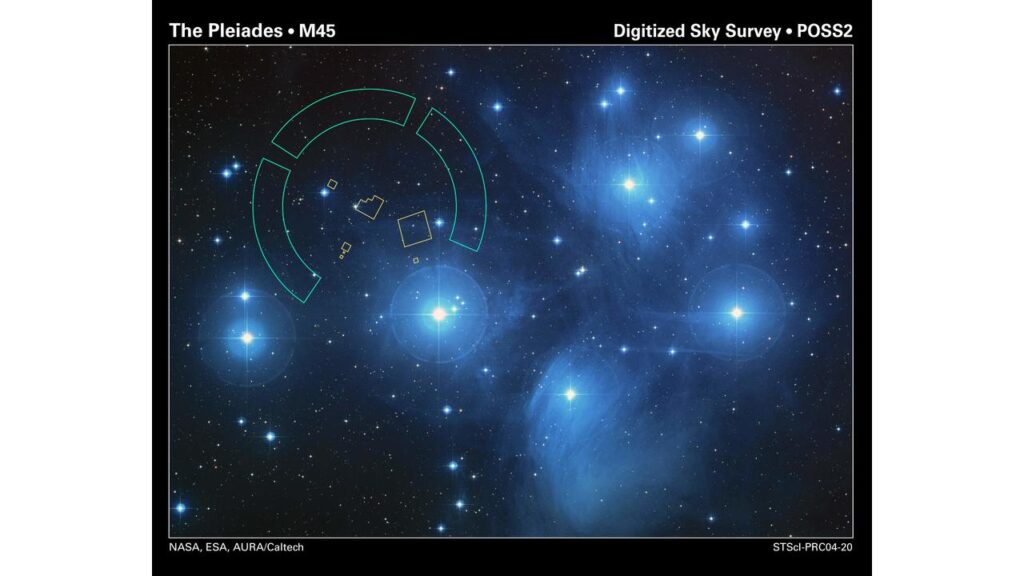
Object Description: The Pleiades or Seven Sisters, M45 is an open star cluster that contains over a thousand stars that are loosely bound by gravity, but it is visually dominated by a handful of its brightest members.
Best Times To See: September to February, with best times being January and February
Why is it great for all astronomers: The cluster is positioned about 14 degrees northwest of orange giant star Aldebaran (mag. +0.9), the brightest star in Taurus. The Pleiades cluster occupies an area of 110 arc minutes, about four times the apparent diameter of the full Moon. Up to 14 stars are visible without binoculars in good conditions, with clear skies and no light pollution. The best time of year to observe M45 from northern latitudes is during the winter months, when Taurus constellation rises high in the sky. Because of the cluster’s apparent size, the best way to see it is through binoculars and small or wide field telescopes. Higher magnification is only recommended for studying individual stars.
For additional astronomy objects to observe, make sure to check out the Top 5’s and other articles on CosmosPNW to help with your journey. To stay up to date with articles and topics on astronomy, make sure to follow us on Twitter and Instagram.
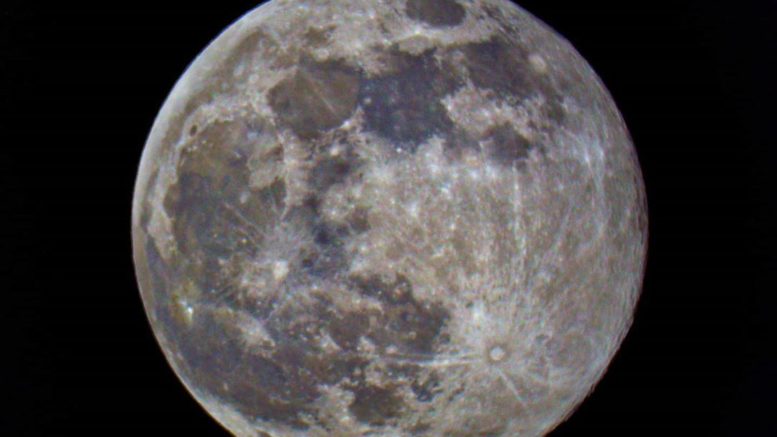
Be the first to comment on "Top 5 Astronomy Objects For All Skill Levels"